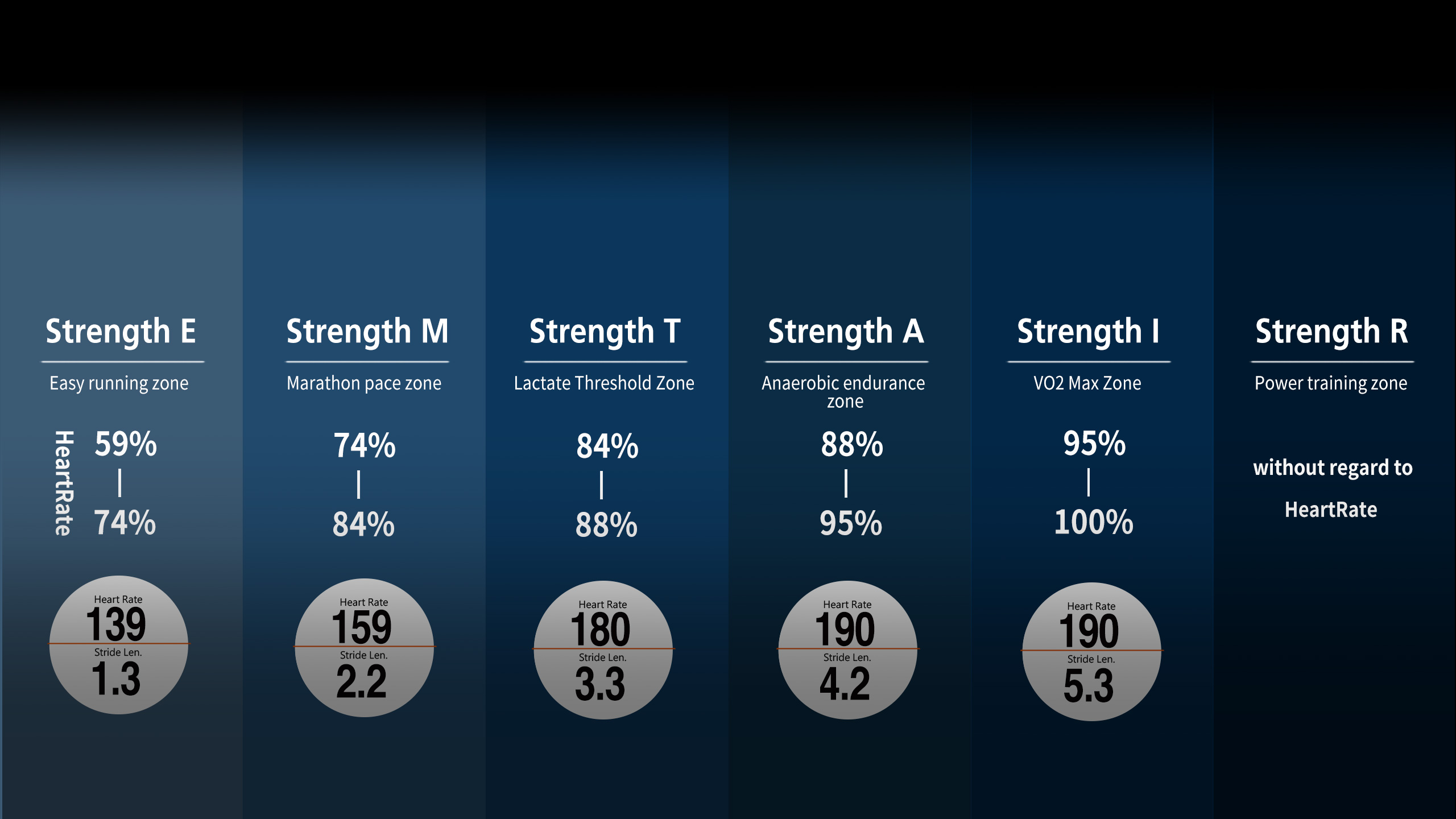

Total organic matter was determined using gas chromatography (GC) with flame ionization detection and provided qualitative information about other exposure sources contributing to worker exposure besides asphalt emissions. Total particulates and the benzene soluble fraction were determined gravimetrically.

Background and field blank samples were also collected daily. Twenty-four PBZ samples were collected from a reference group of concrete workers, who also worked in outdoor construction but had no exposure to asphalt emissions. An additional 36 PBZ samples were collected on days when B-100 (100% biodiesel, containing no petroleum-derived products) was used as a substitute releasing/cleaning agent. One-hundred-seven PBZ samples were collected from HMA paving workers on days when diesel oil was used as a releasing/cleaning agent. Goals of this report are to present the personal-breathing zone (PBZ) data, discuss the impact of substituting the releasing/cleaning agent, and discuss work practices that resulted in the highest exposure concentration for each analyte.

An exposure assessment of hot-mix asphalt (HMA) paving workers was conducted to determine which of four exposure scenarios impacted worker exposure and dose.


 0 kommentar(er)
0 kommentar(er)
